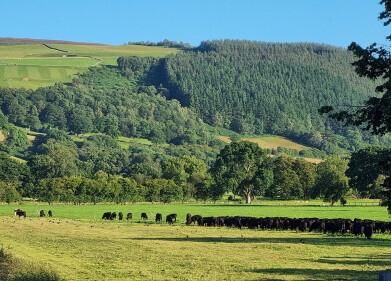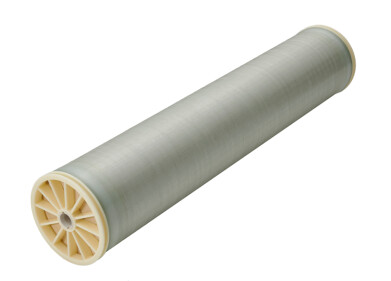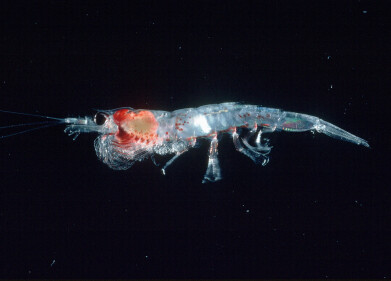-

-
 The Malaysian environment poses challenges for stormwater pollution control.
The Malaysian environment poses challenges for stormwater pollution control.
Water/Wastewater
Hydro Downstream Defender Passes Tropical Stormwater Trials
Feb 29 2012
Successful trials of Hydro’s Downstream Defender® have tackled troublesome surface water pollution created at roadsides during tropical storm conditions in Malaysia. Now you can view the video and read the full case study.
Trials of the hydrodynamic vortex separation technology have wider implications not only in Malaysia, but for countries with similar conditions. The National Hydraulic Research Institute of Malaysia (NAHRIM) (1.) commissioned the trials in a new urban development close to Kuala Lumpur.
The trials demonstrated effective performance in retaining hydrocarbons, trash floatables, silts and sediments from storm drains. Conducted by infrastructure and hydrological engineers Weida (M) Bhd, NAHRIM concluded that the Downstream Defender® is an effective gross pollutant trap which captured and stored nearly all gross pollutants carried in the storm drain over the trial period. For an in depth case study of Downstream Defender® in Malaysia please see link HERE
“These trials are encouraging because they are helping to test the Downstream Defender®’s ability to provide “first flush” treatment in intense storm conditions, even though the device was originally developed for more temperate US and UK climates,” said Hydro Export Manager Graeme Fenton.
“We are very hopeful that the trials will help this promising technology to gain acceptance as a much-needed answer to a problem not only in Malaysia, but throughout the region, where conditions are similar.”
The onset of rapid urban development in parts of Malaysia has increased areas of impervious surfaces which deliver high flash flow conditions under intense rain storms. Urbanisation also increases the amounts of discarded waste such as polystyrene food trays and other packaging, organic pollutants such as food and cooking oil, as well as hydrocarbons.
Rainfall is a major factor in transporting pollution to storm drains in Malaysia. Kuala Lumpur, for example, has an annual rainfall of nearly 2400mm with peaks up to 280mm in April and November. Short duration showers can realise 100mm or more in an hour. Urban Malaysia’s typical storm drainage comprises deep road side drains which discharge into high volume monsoon drains, and eventually into the river. After storm events, the heavy load of silt and trash is visually evident in the rivers.
Government design guidelines, the Manual Sahran Mesra Alam Malaysia (MSMA) has placed increased emphasis in Malaysia on the need for storm water control at or near source, and improve run-off quality.
Calista Kim Kher San, Project Engineer for Weida, commented: “The NAHRIM report has endorsed the effectiveness of the Downstream Defender®. Its main strength is the ability to retain pollutants and prevent re-entrainment even at maximum flow volumes; this is better than other designs of gross pollutant traps.
“The Downstream Defender® is also very effective in trapping the large amounts of big floatables, such as litre plastic bottles and polystyrene foam blocks. These large items have to be manually scooped out of the drains, but with the Downstream Defender® this is achieved through standard maintenance using a suction truck.”
The trial installation was conducted in a roadside drain adjacent to a busy streetside market area with residential and light industrial areas upstream. Prior to installation, floatables, oils and grease and sediments were trapped and sampled at a specific point in the drain.
Then the Downstream Defender® was installed offline above the sampling point, with stormwater diverted through it and gross pollutants measured both at the sampling point and extracted from the device itself. After installation, no floatables or sediments were measured at the sampling point, and hydrocarbon concentrations were also very much lower.
Another Downstream Defender® installation by Weida adjacent to a bus station in the city of Petaling Jaya has similarly demonstrated substantial reductions in oil and grease from the storm flow.
The NAHRIM report: Study on the Effectiveness of the Downstream Defender; November 2010 concluded that the Downstream Defender® is an effective gross pollutant trap which captured and stored nearly all gross pollutants carried in the storm drain over the trial period. It also concluded that the trial results substantiated statements made after independent trials in the USA, and in results presented by Hydro International as the manufacturer.
In addition, in its recommendation, NAHRIM pointed out that it was easy to maintain the Downstream Defender® with a vacuum suction truck reducing maintenance visits from twice a month, to twice a year. More installations would substantially reduce the maintenance cost of deploying a truck per unit.
(1.) NAHRIM: Study on the Effectiveness of the Downstream Defender; November 2010
For an in depth case study of Downstream Defender® in Malaysia please see link HERE
For further technical support, please contact Graeme Fenton:
Tel: +44 (0)1275 337958
e-mail: Graeme.Fenton@hydro-international.co.uk
website: www.hydro-international.biz
Events
Carrefour des Gestions Locales de L'eau
Jan 22 2025 Rennes, France
Jan 29 2025 Tokyo, Japan
Feb 05 2025 Nantes, France
Feb 16 2025 Kampala, Uganda
Feb 26 2025 Chennai, India



-as-feedstock.jpg)





